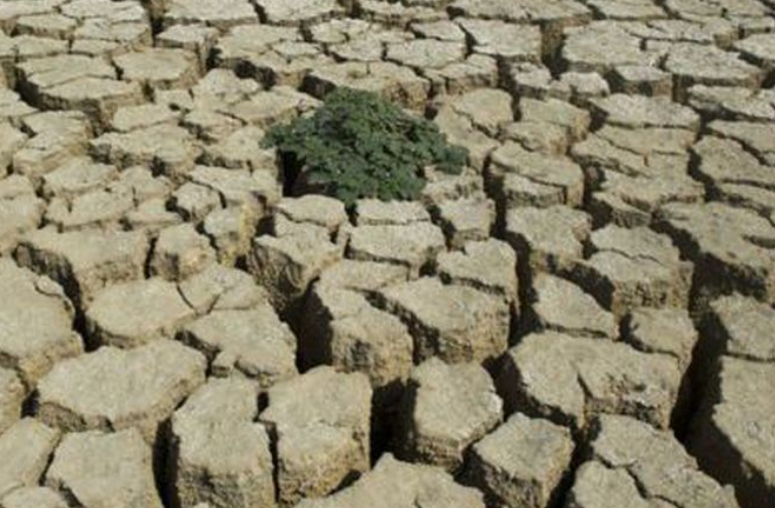
Source: La Tercera
In April, hydroelectric production represented only 13% of the total electricity matrix, below variable renewables (wind and solar), gas and, above all, coal. This is a historically low figure and is explained by the lack of rainfall.
In the Chile of 20 or more years ago, droughts brought with them an electrical emergency that, in several years, ended in blackouts, since the system was highly dependent on the large reservoir power plants built in previous decades and the other technologies were not capable of supplying the drop in hydroelectric production.
But none of these droughts compares to what we have experienced in the last ten years. This has led the system to drastically reduce its dependence on water as a source of energy, which in recent months has recorded the lowest contribution in its history.
This is shown by data from the consulting firm Systep, based on information provided by the Electricity Coordinator, the body in charge of monitoring the operation of the system. In April – a month formerly known for its rainfall – the hydroelectric contribution to the electricity matrix, including run-of-river and reservoir power plants, was 13%, the lowest figure observed in decades. and that is explained both by the drought and by price signals, as the declared cost of hydroelectric production rises due to the fall of reserves in reservoirs, favoring other technologies such as gas or variable renewables, i.e. wind and solar, according to Ana Lia Rojas, consultant at EnnerConex.
In fact, in April the production of electricity with gas – which in Chile is obtained thanks to shipments from Argentina and those arriving at the Mejillones and Quintero regasification terminals – was the highest in 12 months, reaching 25%. Solar energy accounted for 11% of the total and wind energy 7%, also reflecting the progress of these technologies in the country.
In addition to this, there was another element, which was the maintenance of power plants such as Colbún, Pangue and Pehuenche, which are among the largest, which was also a factor.
However, in April, in general, energy production in the entire system increased by 5.4% compared to April 2020, which is also a sign of the recovery of economic activity in the country, considering how strongly linked electricity production is to the performance of other activities.



